Published Feb 2, 2023
Android Ancestry: Examining the Soong-Type Line
In celebration of Brent Spiner's birthday, we're taking a look at Dr. Noonian Soong's legacy.
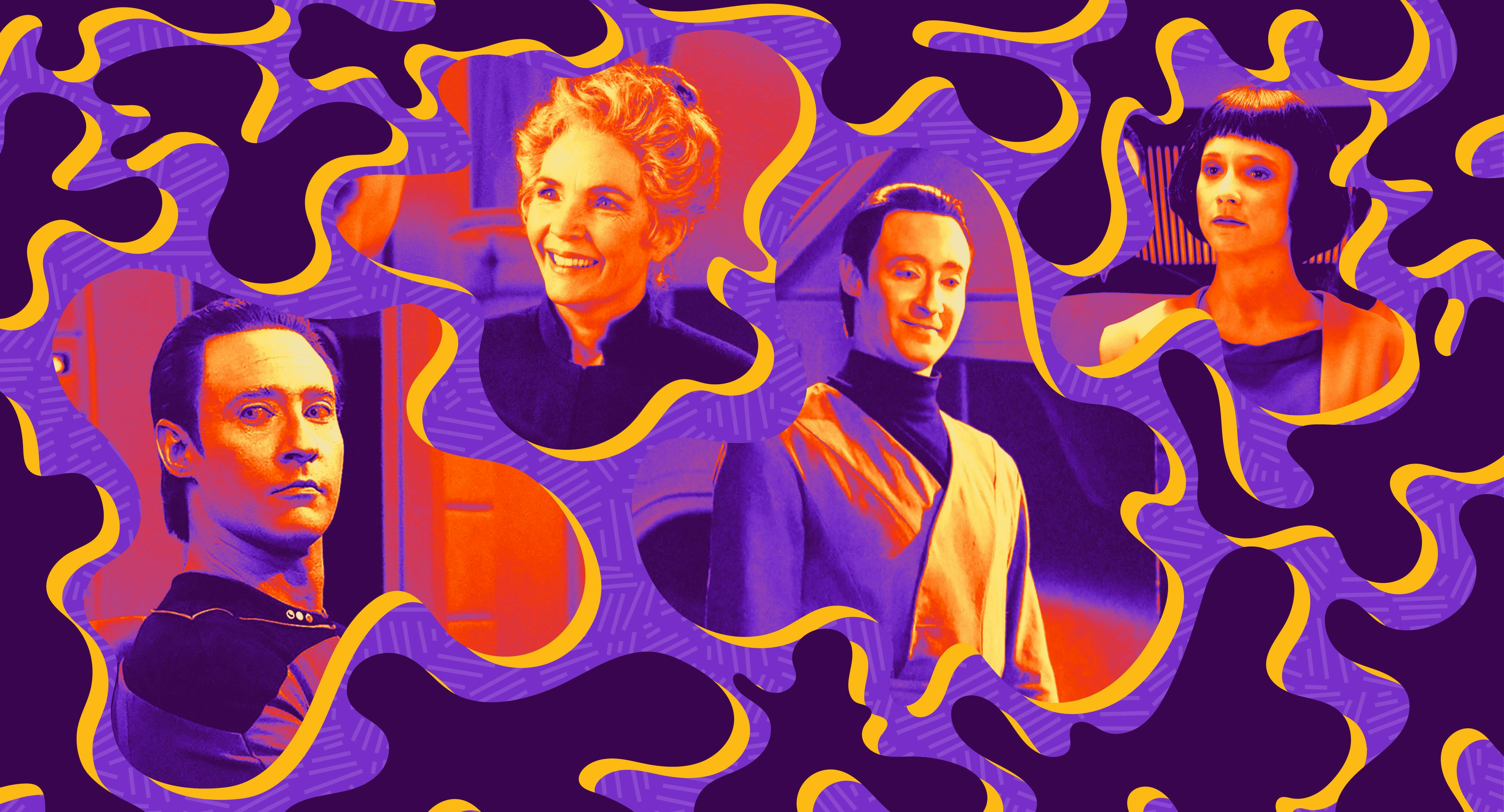
StarTrek.com / Rob DeHart
Brent Spiner has portrayed various roles across the Star Trek universe, from members of the Soong family, his primary role as Data, and to a number of android brethren.
In celebration of Spiner's birthday, we're going to examine the line of Soong-type androids, created by Dr. Noonian Soong. These androids, possessing revolutionary positronic brains, includes two early prototypes, four operational models built by Soong himself, and one version constructed by Data himself.
Data
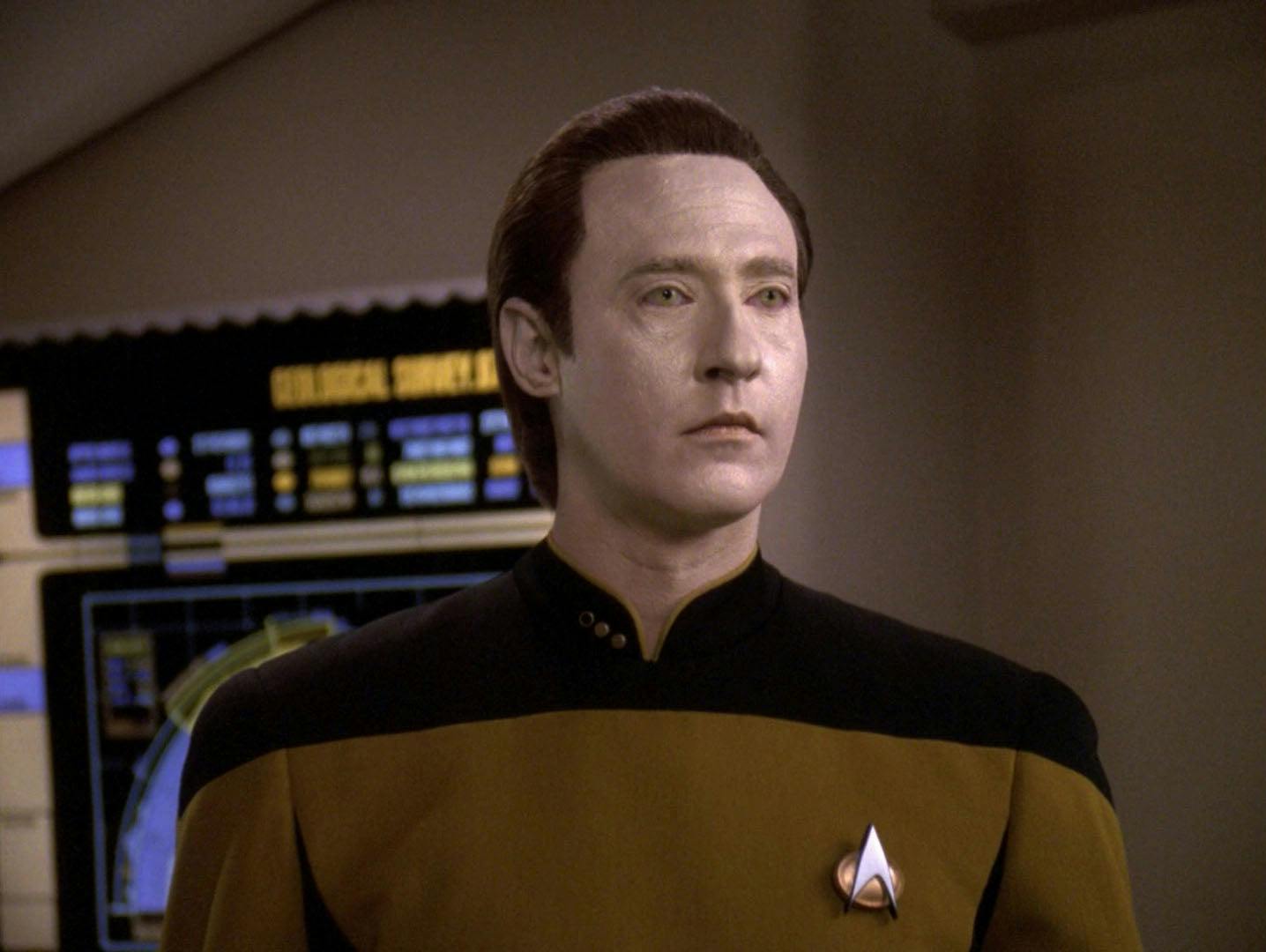
StarTrek.com
The most well-known Soong-type android, Data was discovered by a Federation starship and subsequently chose to join Starfleet. Throughout his tenure aboard the U.S.S. Enterprise-D and U.S.S. Enterprise-E, Data endeavored to explore what it meant to be human, pondered his place in the universe, and even defended his rights as a sentient individual. The android established close relationships with the command crew, owned a cat named Spot, considered Geordi La Forge to be his best friend, and became fascinated by theatre, music, and art.
Data eventually obtained an emotion chip that Dr. Soong had designed for him, and its installation granted him access to a wide-range of feelings. Despite sacrificing his life to save Captain Picard from Praetor Shinzon, Data’s consciousness continued to exist in a simulation that Dr. Altan Soong and Dr. Bruce Maddox crafted from a copy of Data’s memories and a single one of his neurons, which the two scientists also used to create the Coppelius androids. Following a brief chat with his former captain, Data requested that Picard end the simulation, thus ending Data’s historic existence.
Lore
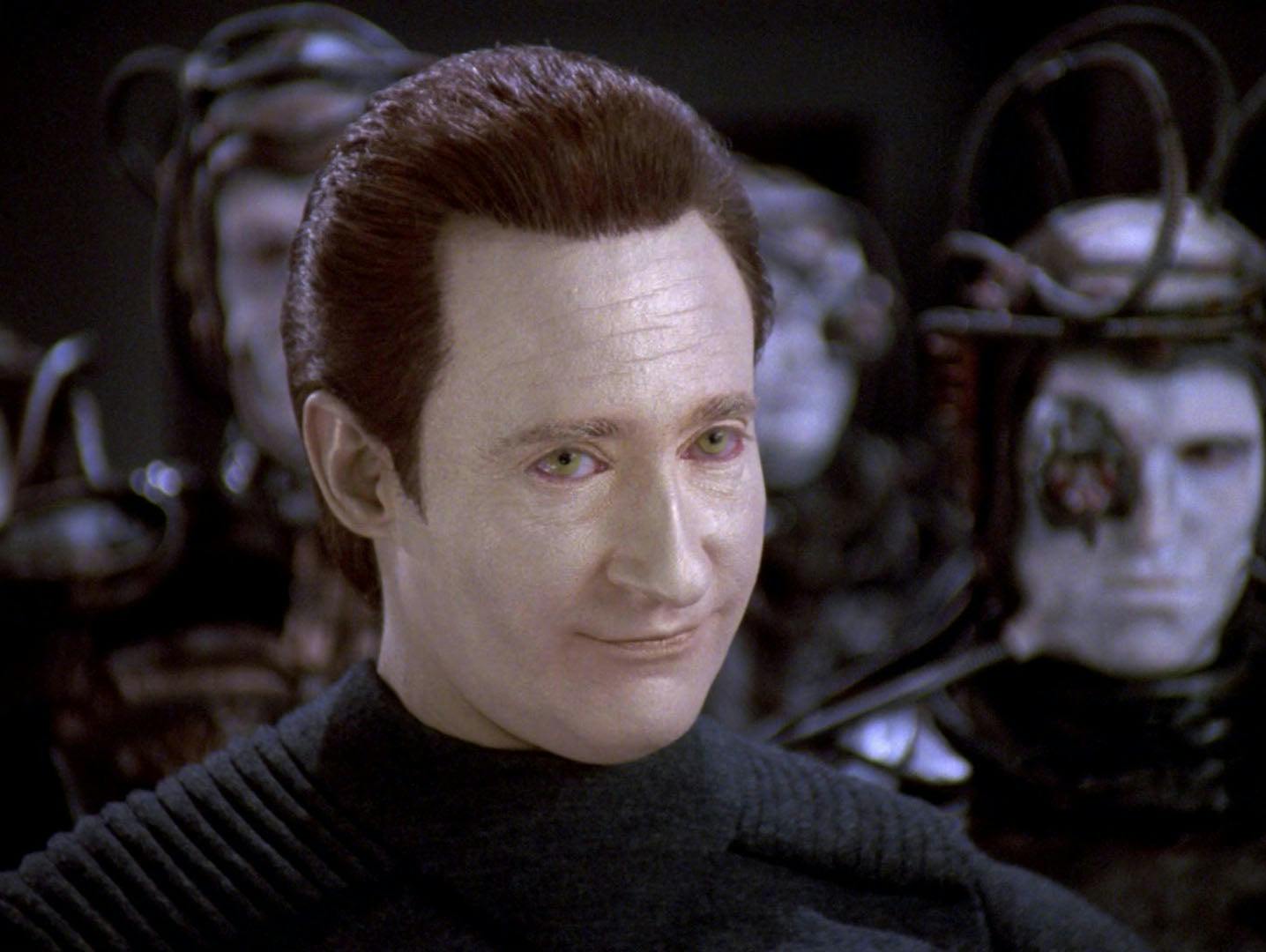
StarTrek.com
Although he was Data’s predecessor, Lore possessed an insight into human emotion that Data lacked, but these feelings often expressed themselves in unstable and troubling ways. Noonian Soong deactivated Lore, who was later found and brought back online by his “brother,” Data.
Unfortunately, Lore’s talent for deception remained, as he collaborated with the Crystalline Entity, stole Data’s emotion chip, and even organized wayward Borg drones to reign terror across the quadrant. Data captured and shut off Lore, making the Borg plot Lore’s final scheme. Or so it seemed...
Lal
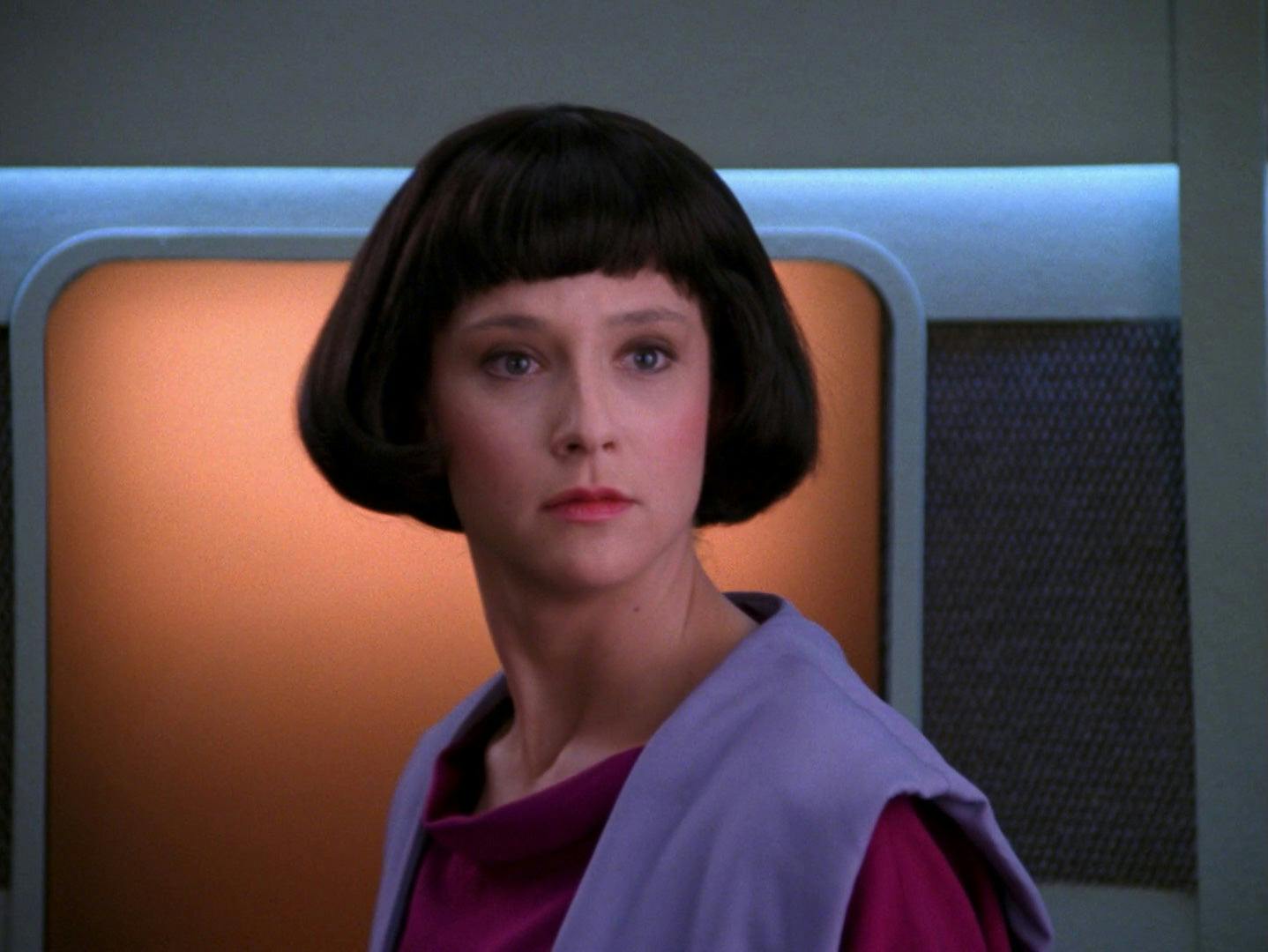
StarTrek.com
In a bid to procreate, Data employed his own positronic brain’s layout and created an android who he considered to be his child. In a remarkably progressive move, Data recommended that his progeny choose their own species and gender. Opting to be a human woman, the android known as Lal quickly ingratiated herself to Data’s friends, though Captain Picard was a bit conflicted that he was not briefed prior to Lal’s “birth.” Starfleet took an even stricter position, arguing that Lal was its property and needed to be studied so more Soong-type androids could be manufactured.
As the only Soong-type android not assembled by Noonian Soong, Lal represented a spectacular achievement, especially as she demonstrated an ability to express emotion. The familial bliss did not last long, however, with the failure of Lal’s neural net prompting a complete neural system failure. In her dying moments, Lal declared her love for her father. Unable to share in the emotion, Data nevertheless desired to keep Lal with him, so he incorporated her programs back into his own, permitting Lal’s memories to live on.
Juliana Tainer

StarTrek.com
When Noonian Soong’s wife Juliana O’Connell was mortally wounded by the Crystalline Entity, the cyberneticist transferred her memories into a positronic matrix prior to her death. Soong soon activated the Juliana android, which was built to mimic human features, hide its artificial nature, and eventually pass away after living a full life. Not even Juliana knew about her true identity, as she believed she was the real Juliana O’Connell. The android eventually left Soong and remarried.
A chance encounter with Data granted Juliana the opportunity to get to know her “son,” but it was not long before an accident helped Data deduce that Juliana was actually an android. A Noonian Soong holoprogram embedded in Juliana explained her lineage and requested that Data not reveal her artificial ancestry to her. Data spent much time weighing the choice, deciding that it was in Juliana’s best interest to keep Noonian’s secret to himself.
B-4
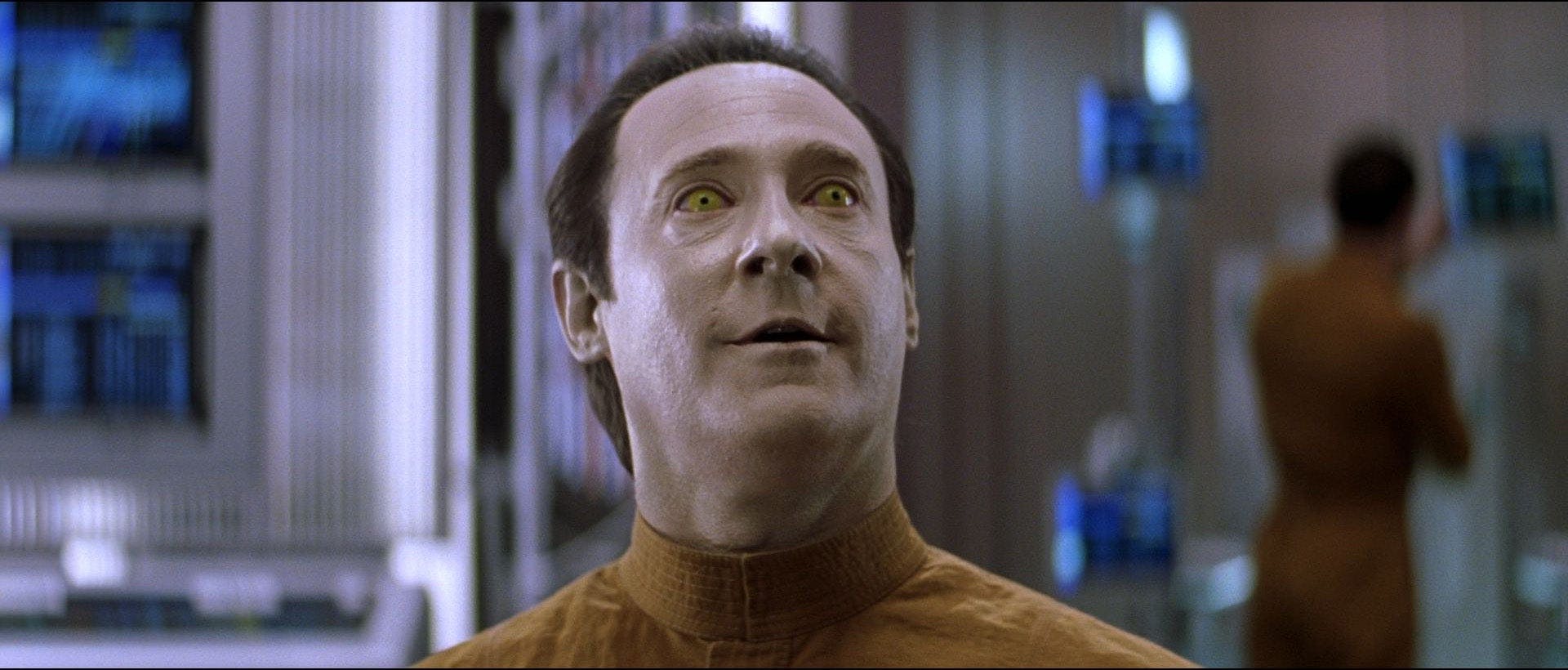
StarTrek.com
A previously unknown model that pre-dated Lore, B-4 was a less sophisticated variant found by Praetor Shinzon, who attempted to use the android to steal information from the Enterprise-E’s computer. While Data tried to transfer his memories into B-4, the elder android did not seem to have the capacity to process the files.
In the wake of Data’s death, there was some hope that his personality could reemerge in B-4. Once this did not manifest, B-4 was disassembled and stored at the Daystrom Institute, where Picard visited his components in 2399.
Brent Spiner's Star Trek Characters, Ranked
Jay Stobie (he/him) is a freelance writer and consultant who has contributed articles to StarTrek.com, Star Trek Explorer, and Star Trek Magazine, as well as to Star Wars Insider and StarWars.com. Jay can be found on Twitter and Instagram at @StobiesGalaxy.
Stay tuned to StarTrek.com for more details! And be sure to follow @StarTrek on Facebook, Twitter, and Instagram.

